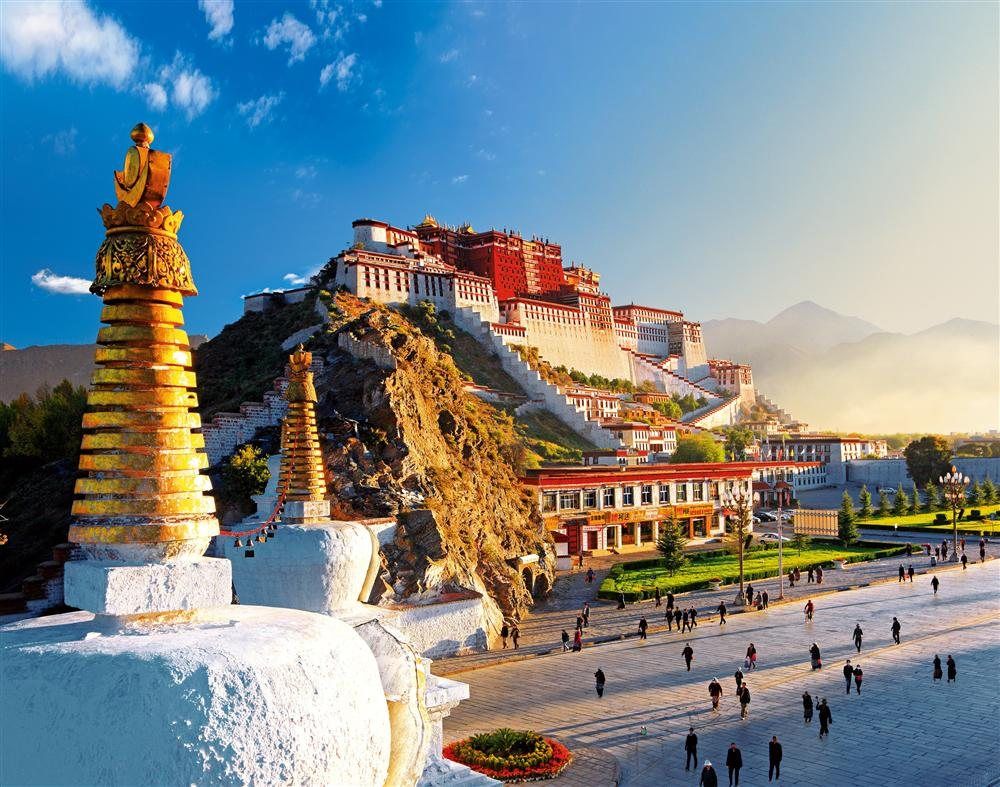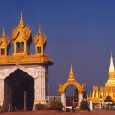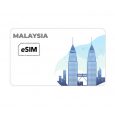Singapore is an amazing country to visit, with its unique blend of culture, architecture, and cuisine. Whether you are a first-time traveler or a seasoned globetrotter, there are some essential tips that can help make your trip to Singapore a more enjoyable and memorable experience. In this article, we will explore the best time to visit Singapore, top tourist attractions, how to get around, budget-friendly travel tips, where to stay, what to eat, popular shopping destinations, culture and customs, outdoor activities, and safety tips for travelers.
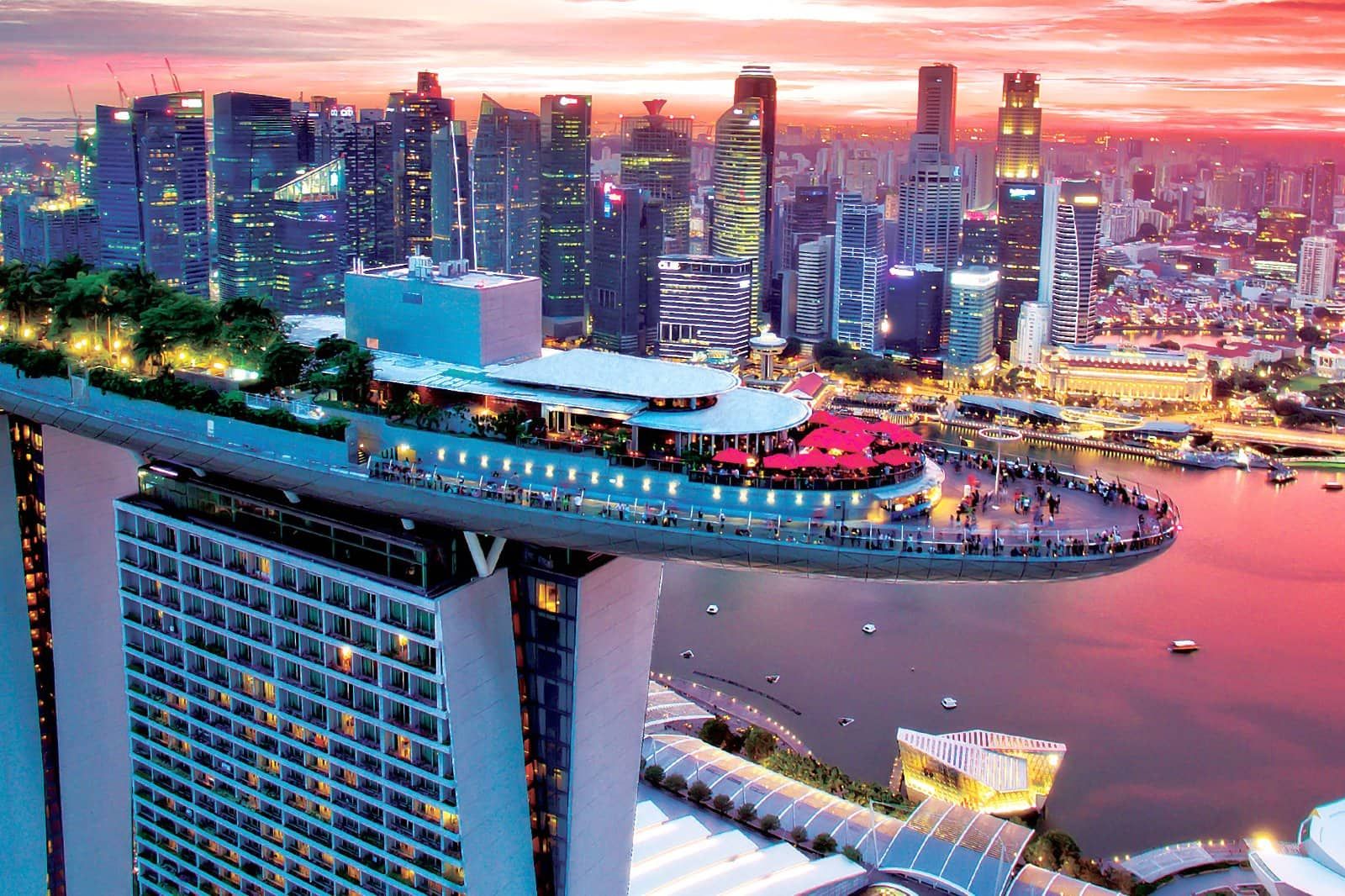
Best Time to Visit Singapore
Singapore is a year-round destination, but the best time to visit depends on your preferences and interests. The weather in Singapore is mostly hot and humid, with occasional rain showers throughout the year. The peak season is from December to February when the weather is cooler and drier, making it perfect for sightseeing and outdoor activities. However, the downside is that hotels and airfares are more expensive during this time. March to May is another good time to visit as the temperature is slightly cooler than other months, and you can also enjoy the festivities of Chinese New Year if you visit during January or February. June to August is considered the off-peak season when hotel rates and airfares are lower. However, it is also the monsoon season, so be prepared for occasional rain showers.
Summary:
- The best time to visit Singapore is from December to February.
- March to May is another good time to visit because of the cooler temperature and Chinese New Year festivities.
- June to August is the off-peak season with lower hotel rates and airfares, but expect occasional rain showers.
Top Tourist Attractions in Singapore
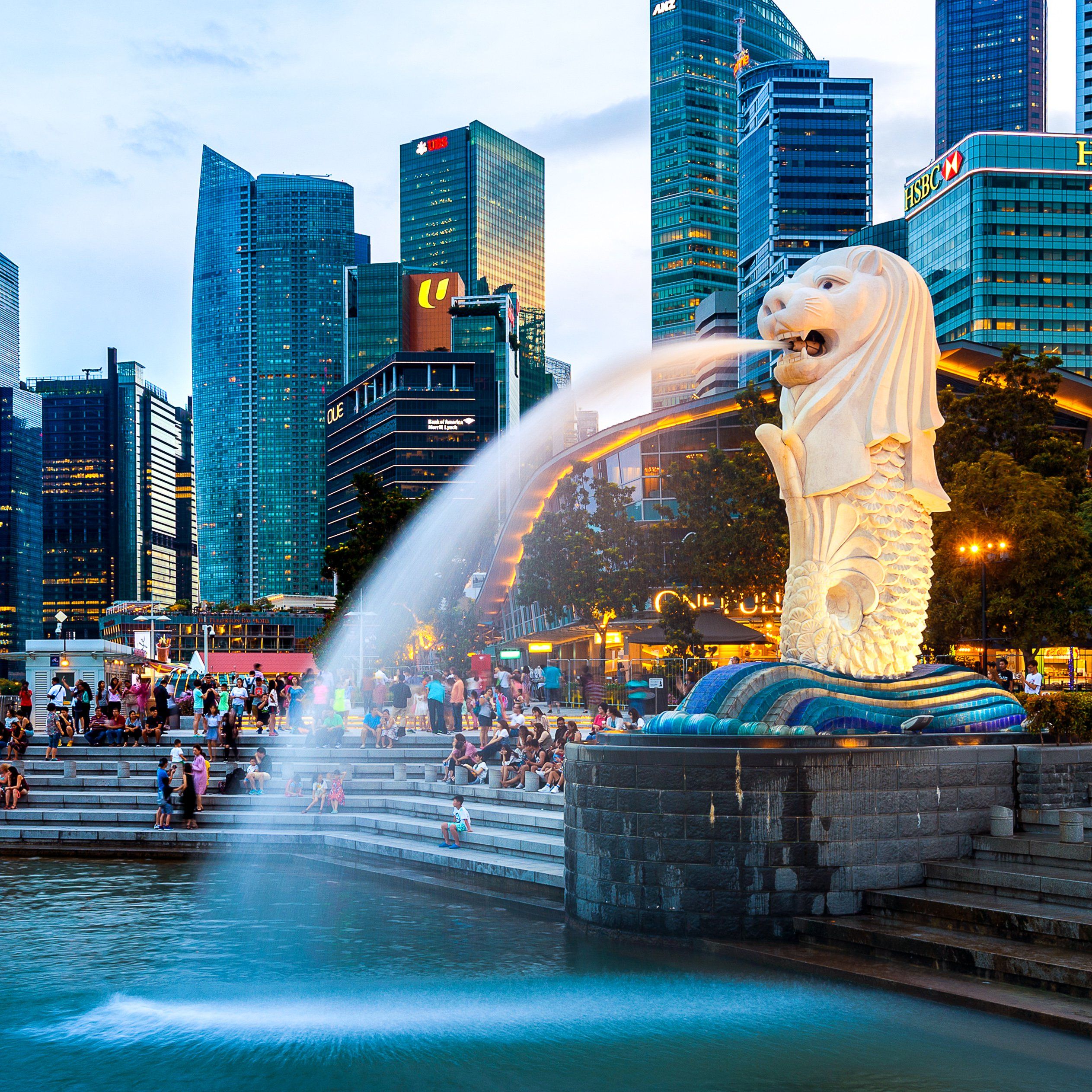
Singapore has a variety of tourist attractions that cater to all ages and interests. From cultural landmarks to amusement parks, here are some of the top tourist attractions in Singapore:
- Gardens by the Bay: a futuristic botanical garden with massive vertical gardens, indoor waterfalls, and unique sculptures.
- Marina Bay Sands: an iconic hotel with an infinity pool overlooking the city skyline, a shopping mall, and a casino.
- Sentosa Island: a resort island with amusement parks, beaches, golf courses, and luxury hotels.
- Merlion Park: a landmark statue of a mythical creature with a lion’s head and a fish’s body, which symbolizes Singapore’s origins as a fishing village.
- Chinatown: a vibrant neighborhood with traditional shophouses, temples, markets, and street food stalls.
Summary:
- Gardens by the Bay, Marina Bay Sands, Sentosa Island, Merlion Park, and Chinatown are some of the top tourist attractions in Singapore.
Buy a Sim Card or eSIM Before the Trip
Having a local SIM card or eSIM can be very useful when traveling to Singapore. It allows you to stay connected with your family and friends, access maps, and search for information without relying on public Wi-Fi. You can purchase a prepaid SIM card or eSIM from various telecom providers such as Singtel, Starhub, and M1. The price ranges from SGD 8 to SGD 50, depending on your data and call requirements. Alternatively, you can rent a portable Wi-Fi device or use public Wi-Fi hotspots available at shopping malls, cafes, and public areas, but be aware of the security risks associated with public Wi-Fi.
Summary:
- Buying a local SIM card or eSIM can be very useful when traveling to Singapore.
- Prepaid SIM cards or eSIMs can be purchased from telecom providers like Singtel, Starhub, and M1.
- Portable Wi-Fi devices can also be rented or public Wi-Fi hotspots can be used, but be cautious of the security risks.
How can I buy eSIM in Singapore?
An eSIM, or embedded SIM, is a digital SIM card that allows you to activate cellular service on your device without the need for a physical SIM card. It’s becoming increasingly popular worldwide due to its convenience and flexibility. If you’re looking to buy an eSIM in Singapore, here are some steps you can follow:
- Check if your device supports eSIM: Before purchasing an eSIM, make sure your device is compatible with this technology. Many newer smartphones, tablets, and smartwatches support eSIM, but it’s always best to check with the manufacturer or your mobile carrier.
- Choose a mobile carrier: There are several mobile carriers in Singapore that offer eSIM plans, including Singtel, StarHub, and M1. You can visit their websites or stores to see the different eSIM plans they offer and choose one that suits your needs.
- Purchase the eSIM plan: Once you’ve chosen a mobile carrier and plan, you can purchase the eSIM online like singesim.com or at a physical store. The process may differ depending on the carrier, but usually, you’ll need to provide some personal and device information, such as your name, ID number, device model, and IMEI number.
- Activate the eSIM: After purchasing the eSIM plan, you’ll need to activate it on your device. Again, the process may vary depending on your device and carrier, but generally, you’ll need to scan a QR code or enter a confirmation code to activate the eSIM.
- Enjoy your eSIM service: Once the eSIM is activated, you can start using your cellular service on your device. You can check your data usage and manage your account through the carrier’s app or website.
It’s worth noting that not all devices and mobile carriers support eSIM, so be sure to do your research before purchasing an eSIM plan. Additionally, eSIM plans may have different features, such as data limits, roaming options, and additional services, so it’s important to compare plans and choose one that fits your needs.
In summary, buying an eSIM in Singapore is a straightforward process that involves checking device compatibility, choosing a mobile carrier and plan, purchasing the eSIM, activating it on your device, and enjoying your cellular service.
How to Get Around Singapore
Singapore has an efficient and comprehensive public transportation system that includes buses, trains, and taxis. The Mass Rapid Transit (MRT) system is the most popular way to get around as it covers most of the city and is affordable and convenient. You can purchase an EZ-Link card or a Singapore Tourist Pass at MRT stations, which allows you to use both the MRT and buses for unlimited rides within a specific period. Taxis are also readily available but are more expensive than public transportation. Ride-hailing services like Grab and Gojek are also available in Singapore.
Summary:
- Singapore has an efficient public transportation system that includes buses, trains, and taxis.
- The MRT system is the most popular and affordable way to get around.
- You can purchase an EZ-Link card or a Singapore Tourist Pass for unlimited rides on the MRT and buses.
- Taxis and ride-hailing services like Grab and Gojek are also available.
Where to Stay in Singapore
Singapore has various accommodation options ranging from budget-friendly hostels to luxury hotels. Some of the best areas to stay in Singaporeare:
- Orchard Road: a vibrant shopping district with luxury hotels, high-end malls, and restaurants.
- Marina Bay: the central business district with iconic landmarks like Marina Bay Sands and Gardens by the Bay.
- Clarke Quay: a riverside area with nightlife, bars, and restaurants.
- Chinatown: a cultural and historical district with traditional shophouses and markets.
- Sentosa Island: a resort island with beachfront hotels and amusement parks.
Summary:
- Orchard Road, Marina Bay, Clarke Quay, Chinatown, and Sentosa Island are some of the best areas to stay in Singapore.
- Accommodation options range from budget-friendly hostels to luxury hotels.
Budget-Friendly Travel Tips for Singapore
Singapore can be an expensive city, but there are ways to save money while still enjoying what it has to offer. Here are some budget-friendly travel tips for Singapore:
- Eat at hawker centers: hawker centers are food courts with various stalls selling affordable and delicious local food.
- Use public transportation: the MRT and buses are affordable and convenient ways to get around Singapore.
- Visit free attractions: there are many free attractions in Singapore such as Gardens by the Bay’s outdoor gardens, Merlion Park, and Singapore Botanic Gardens.
- Shop at local markets: instead of shopping at high-end malls, visit local markets like Bugis Street Market for affordable souvenirs and fashion items.
- Drink tap water: Singapore’s tap water is safe to drink, so bring a reusable water bottle to save money on bottled water.
Summary:
- Eating at hawker centers, using public transportation, visiting free attractions, shopping at local markets, and drinking tap water are some budget-friendly travel tips for Singapore.
What to Eat in Singapore
Singapore is known for its diverse and delicious cuisine influenced by Chinese, Malay, Indian, and Western cultures. Here are some must-try local dishes in Singapore:
- Chicken rice: a simple but delicious dish of steamed chicken served with fragrant rice cooked in chicken broth.
- Laksa: a spicy noodle soup with coconut milk, shrimp, fishcake, and bean sprouts.
- Chilli crab: a popular seafood dish with crab cooked in a sweet and spicy tomato-based sauce.
- Char kway teow: a stir-fried noodle dish with prawns, squid, and Chinese sausage.
- Roti prata: a crispy and flaky flatbread served with curry or sugar.
Summary:
- Local dishes to try in Singapore include chicken rice, laksa, chilli crab, char kway teow, and roti prata.
Popular Shopping Destinations in Singapore
Singapore is a shopper’s paradise with various shopping destinations for all budgets and preferences. Some of the best shopping areas in Singapore are:
- Orchard Road: a high-end shopping district with luxury malls like ION Orchard and Paragon.
- Bugis Street Market: a budget-friendly shopping area with over 800 stalls selling fashion items, souvenirs, and street food.
- Haji Lane: a colorful and trendy street with boutique stores, cafes, and bars.
- Chinatown Street Market: a vibrant street market with stalls selling traditional handicrafts, clothing, and snacks.
- VivoCity: the largest shopping mall in Singapore with over 300 retail stores and a rooftop Sky Park.
Summary:
- Orchard Road, Bugis Street Market, Haji Lane, Chinatown Street Market, and VivoCity are some of the most popular shopping destinations in Singapore.
Culture and Customs of Singapore
Singapore has a unique and diverse culture influenced by its multi-racial population of Chinese, Malays, Indians, and Eurasians. Some customs and etiquette to keep in mind when visiting Singapore are:
- Dress modestly: Singapore is a conservative society, so avoid wearing revealing clothing in public areas.
- Remove shoes before entering homes or temples: it is customary and respectful to remove shoes before entering someone’s home or religious places.
- Do not litter: Singapore is a clean and green city, and littering can result in hefty fines.
- Respect local customs and beliefs: be aware of cultural sensitivities and respect local customs and traditions.
- Speak English: English is the official language in Singapore, but locals may also speak Mandarin, Malay, or Tamil.
Summary:
- Singapore has a diverse culture influenced by Chinese, Malays, Indians, and Eurasians.
- Customs and etiquette to keep in mind include dressing modestly, removing shoes before entering homes or temples, not littering, respecting local customs and beliefs, and speaking English.
Outdoor Activities to Do in Singapore
Singapore may be a small country, but it has plenty of outdoor activities to enjoy. Here are some popular outdoor activities in Singapore:
- Gardens by the Bay: explore the outdoor gardens with uniqueplants, sculptures, and light shows.
- Singapore Botanic Gardens: the first UNESCO World Heritage Site in Singapore with various gardens, lakes, and walking trails.
- MacRitchie Reservoir Park: a nature reserve with hiking trails, a treetop walk, and kayaking activities.
- Southern Ridges: a 10-kilometer trail that connects various parks and nature reserves with stunning views of the city skyline.
- East Coast Park: a beachfront park with cycling paths, barbecue pits, and water sports activities.
Summary:
- Outdoor activities to enjoy in Singapore include visiting Gardens by the Bay, Singapore Botanic Gardens, MacRitchie Reservoir Park, Southern Ridges, and East Coast Park.
Safety Tips for Travelers in Singapore
Singapore is generally a safe country, but it’s always best to take precautions when traveling. Here are some safety tips for travelers in Singapore:
- Take care of your belongings: keep your valuables close to you and never leave them unattended.
- Be aware of scams: be cautious of people offering unsolicited help or deals that sound too good to be true.
- Follow traffic rules: Singapore has strict traffic laws, so follow traffic signals and cross at designated areas.
- Avoid dark and secluded areas: stay in well-lit and crowded areas, especially at night.
- Know emergency numbers: memorize emergency numbers like 999 for police, 995 for ambulance, and 981 for fire.
Summary:
- Safety tips for travelers in Singapore include taking care of your belongings, being aware of scams, following traffic rules, avoiding dark and secluded areas, and knowing emergency numbers.
Phần kết luận
In conclusion, Singapore is a fascinating destination that offers something for everyone. By following these travel tips, you can make the most of your trip and enjoy all that Singapore has to offer. From exploring its top tourist attractions to indulging in its diverse cuisine and outdoor activities, Singapore is a must-visit destination for any traveler.

